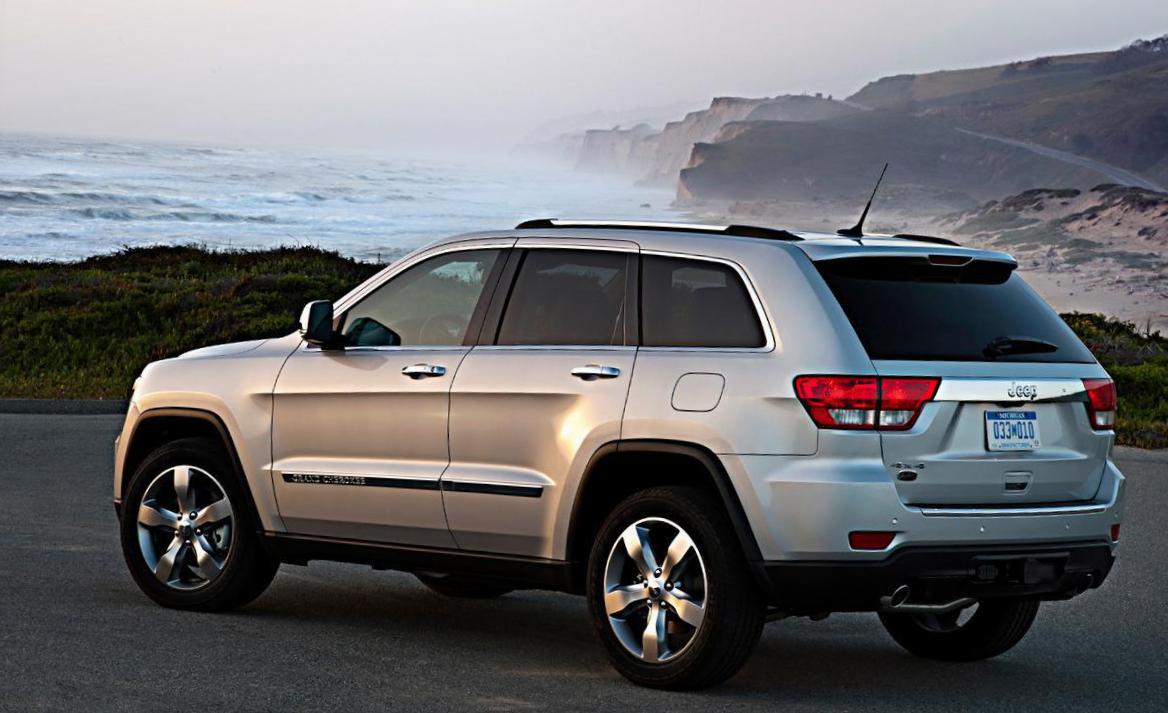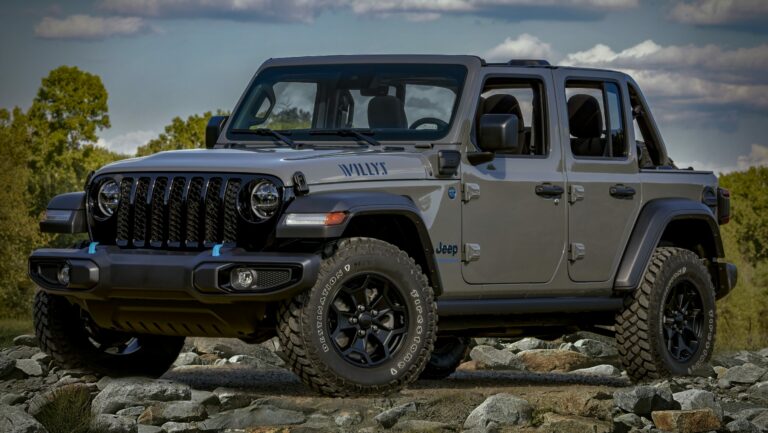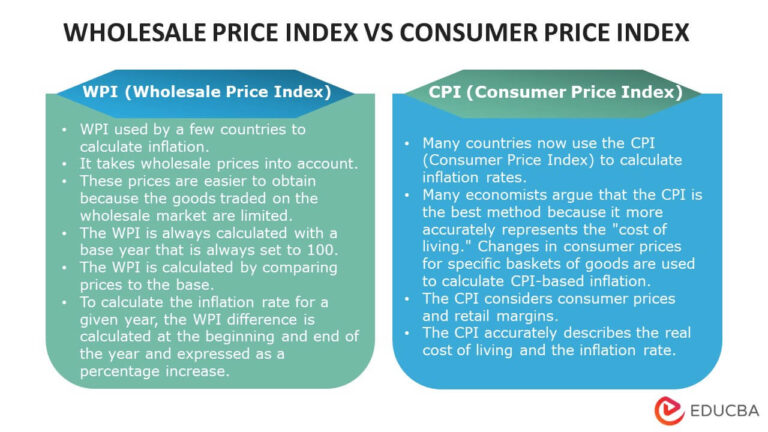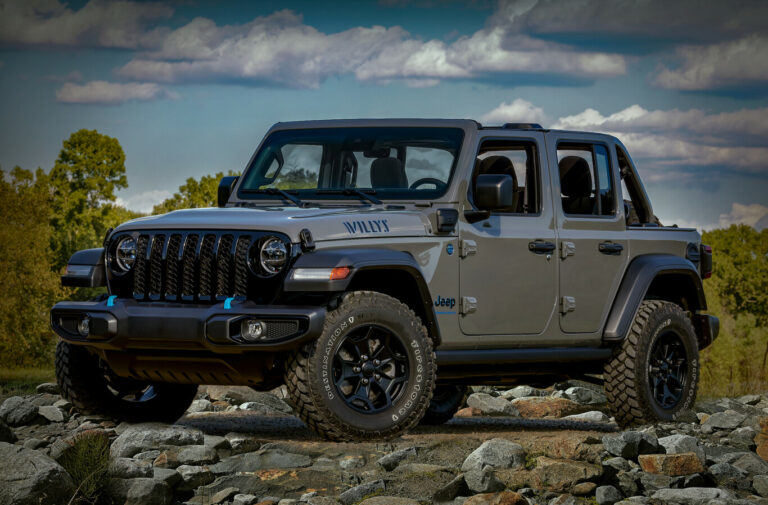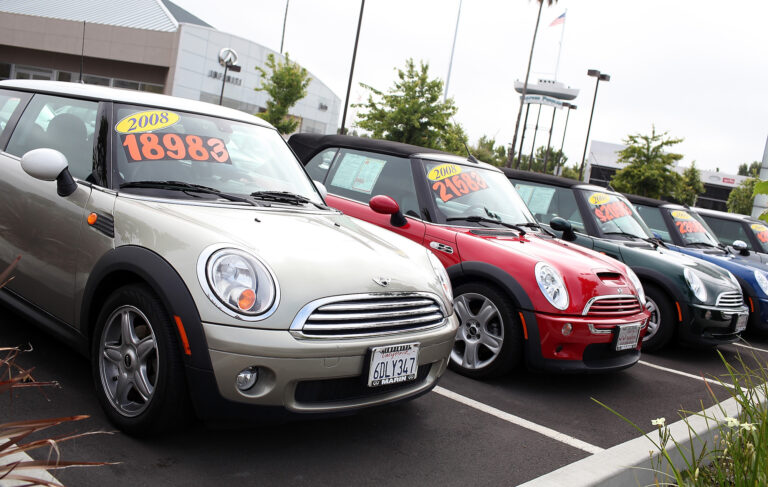Jeep Cherokee Lease Warranty: Your Comprehensive Guide to Peace of Mind
Jeep Cherokee Lease Warranty: Your Comprehensive Guide to Peace of Mind jeeps.truckstrend.com
Leasing a vehicle offers a compelling alternative to purchasing, often providing lower monthly payments and the ability to drive a new car more frequently. For those drawn to the rugged capability and iconic style of the Jeep Cherokee, a lease can be an excellent option. However, understanding the nuances of a lease agreement, especially concerning warranty coverage, is paramount. The "Jeep Cherokee Lease Warranty" isn’t just a simple repair policy; it’s a multi-faceted layer of protection that safeguards your investment, your peace of mind, and your financial well-being throughout the lease term. This comprehensive guide will demystify what’s included, what’s not, and how to maximize the benefits of your Jeep Cherokee’s warranty while leased.
Understanding the Foundation: What Your Jeep Cherokee Lease Warranty Entails
Jeep Cherokee Lease Warranty: Your Comprehensive Guide to Peace of Mind
When you lease a new Jeep Cherokee, you’re essentially getting a vehicle that’s still covered by the manufacturer’s standard warranties. These warranties are designed to protect you from defects in materials or workmanship, ensuring the vehicle performs as intended. Beyond these standard protections, specific lease-related coverages and considerations become critically important.
Manufacturer’s Standard Warranties
Every new Jeep Cherokee comes with a suite of factory warranties, which typically apply regardless of whether the vehicle is purchased or leased. For a standard lease term (e.g., 36 months/36,000 miles), these warranties usually cover the entire duration of your agreement, providing substantial peace of mind.
- Basic Limited Warranty (Bumper-to-Bumper): This is your primary shield. It covers most components of your Jeep Cherokee against defects in materials or workmanship. For Jeep, this typically lasts 3 years or 36,000 miles, whichever comes first. This means if your infotainment system glitches, a window motor fails, or a sensor malfunctions due to a manufacturing defect within this period, it’s generally covered.
- Powertrain Limited Warranty: This vital warranty protects the core mechanical components that make your Jeep Cherokee move. It covers the engine, transmission, and drive systems (e.g., transfer case, axles for 4×4 models). Jeep’s Powertrain Warranty is typically 5 years or 60,000 miles, whichever comes first. This extended coverage is particularly reassuring, as powertrain repairs can be among the most expensive.
- Corrosion Perforation Warranty: Designed to protect against rust-through on the sheet metal, this warranty typically lasts 5 years with unlimited miles. This ensures your Cherokee’s body integrity is maintained.
- Roadside Assistance: Many new Jeep vehicles also come with roadside assistance coverage, usually for the duration of the powertrain warranty (e.g., 5 years or 60,000 miles). This includes services like flat tire changes, battery jump-starts, fuel delivery, lockout assistance, and towing to the nearest authorized Jeep dealership.

Lease-Specific Protections and Considerations
While the manufacturer’s warranties cover the vehicle’s integrity, leasing introduces unique financial risks that require additional forms of protection.
- Guaranteed Asset Protection (GAP) Insurance: While not a "warranty" in the traditional sense, GAP insurance is arguably the most crucial protection for a leased vehicle. In the event your Jeep Cherokee is stolen or declared a total loss due to an accident, GAP insurance covers the difference between what you still owe on the lease and the vehicle’s actual cash value (ACV) as determined by your auto insurer. Without it, you could be on the hook for thousands of dollars. Many lease agreements either include GAP insurance or require you to purchase it.
- Wear & Tear Protection (Optional): This is an elective add-on that can be incredibly valuable. Lease agreements define "normal wear and tear," and anything beyond that (e.g., excessive dents, dings, scratches, windshield cracks, torn upholstery, or tire wear beyond a certain tread depth) can result in significant charges at the end of the lease. Wear & Tear Protection plans, often called "Excess Wear and Use" or "Lease-End Protection," cover these minor damages, helping you avoid unexpected fees when you return the vehicle.
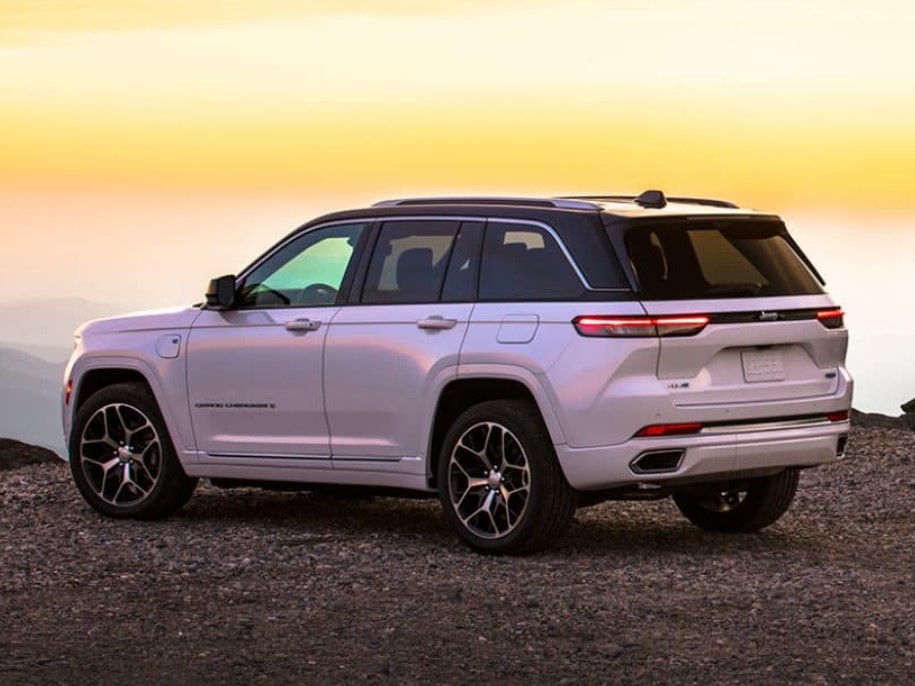
Benefits of a Comprehensive Lease Warranty for Your Jeep Cherokee
Understanding these layers of protection highlights their immense value:
- Financial Security: The primary benefit is protection against unexpected repair costs. Knowing that major component failures are covered by manufacturer warranties or that minor damages are offset by wear & tear protection can save you thousands of dollars.
- Peace of Mind: Driving a leased Jeep Cherokee with comprehensive warranty coverage allows you to enjoy the vehicle without constant worry about potential mechanical issues or end-of-lease charges.
- Smooth End-of-Lease Transition: With wear & tear protection, returning your Cherokee becomes a much less stressful process, eliminating disputes over minor cosmetic damages.
- Maintained Vehicle Performance: Manufacturer warranties encourage prompt repairs of defects, ensuring your Jeep Cherokee performs optimally throughout your lease.
- Convenience: Roadside assistance adds a layer of convenience and safety, especially if you venture off the beaten path in your Cherokee.

Navigating Your Warranty: How to Utilize and Maintain Coverage
To fully leverage your Jeep Cherokee lease warranty, proactive steps are essential:
- Read Your Lease Agreement and Warranty Booklet: These documents are your primary sources of truth. They detail the exact terms, durations, and exclusions for all coverages.
- Adhere to Manufacturer’s Maintenance Schedules: This is critical. Failure to perform routine maintenance (oil changes, tire rotations, fluid checks, etc.) as recommended by Jeep can void parts of your warranty. Keep meticulous records of all service performed.
- Use Authorized Service Centers: While not always strictly required for basic maintenance, having major warranty repairs performed at an authorized Jeep dealership ensures the work is done by factory-trained technicians using genuine Mopar parts, which helps maintain warranty validity.
- Keep Detailed Records: Maintain a folder with all service receipts, warranty documents, and any communications with the dealership or leasing company.
- Address Issues Promptly: Don’t ignore warning lights or unusual noises. Addressing potential warranty issues early can prevent them from escalating into larger, more expensive problems that might fall outside coverage if neglected.
Key Considerations and Potential Challenges
While comprehensive, lease warranties aren’t without their limitations or potential pitfalls:
- Exclusions: Warranties do not cover routine maintenance items (oil changes, brake pads, tires, wiper blades), normal wear and tear (unless you have specific wear & tear protection), accidental damage, or damage resulting from misuse, neglect, racing, or unauthorized modifications.
- Mileage Limits: Your lease agreement has a strict annual mileage limit. While not a warranty exclusion, exceeding this limit results in significant per-mile charges at lease end. Your warranty itself also has mileage limits (e.g., 36,000 for basic), so if you have a very high-mileage lease, your basic warranty might expire before the lease term.
- Voiding the Warranty: Unauthorized modifications (e.g., aftermarket performance parts that directly cause a failure), using non-OEM parts for repairs, severe neglect, or title branding (e.g., salvage title) can void your warranty.
- Deductibles: While most factory warranty repairs are deductible-free, some extended service contracts (if you choose to purchase one) might have a per-visit deductible.
- Transferability: If you need to transfer your lease to another party, the factory warranties generally transfer with the vehicle, but any optional protections like Wear & Tear might be specific to the original lessee.
Practical Advice and Actionable Insights
- Before You Sign:
- Clarify all warranty terms: Ask your dealer to walk you through the specifics of the Basic, Powertrain, and Corrosion warranties.
- Understand GAP coverage: Confirm if GAP insurance is included in your lease payments or if it’s a separate cost.
- Consider Wear & Tear Protection: Get a quote for this optional coverage. Weigh its cost against the potential for end-of-lease charges based on your driving habits and parking environment. If you’re prone to minor dings or have kids/pets, it can be a wise investment.
- Match Mileage to Your Needs: Be realistic about your annual driving habits to avoid excess mileage charges.
- During Your Lease:
- Follow the Maintenance Schedule Rigorously: Don’t skip service intervals. This is the single most important action to maintain your warranty.
- Address Warning Lights Immediately: Don’t delay bringing your Jeep Cherokee in for service if a warning light illuminates.
- Keep Your Records Organized: Create a dedicated file for all your vehicle’s paperwork.
- Nearing Lease End:
- Schedule a Pre-Inspection: Many leasing companies offer a complimentary pre-inspection a few months before your lease ends. This is invaluable for identifying any potential excess wear & tear charges early, allowing you time to repair them (or confirm they’re covered by your protection plan).
- Clean and Detail the Vehicle: Even if you have wear & tear protection, returning a clean, well-maintained vehicle always makes the process smoother.
Jeep Cherokee Lease Warranty Coverage & Associated Considerations
This table provides an overview of the typical coverages and financial aspects associated with leasing a Jeep Cherokee. Please note that specific terms can vary by model year, region, and leasing company.
| Feature/Coverage Type | Description | Included in Standard Lease? | Typical Duration/Coverage (Jeep Cherokee Example) | Potential Cost/Benefit |
|---|---|---|---|---|
| Basic Limited Warranty | Covers most components against defects in materials/workmanship. | Yes (Manufacturer’s) | 3 Years / 36,000 Miles | Included in lease payment. Avoids repair costs for covered issues within term. |
| Powertrain Limited Warranty | Covers engine, transmission, drivetrain components. | Yes (Manufacturer’s) | 5 Years / 60,000 Miles | Included in lease payment. Crucial for major component failures. |
| Corrosion Perforation Warranty | Covers rust-through of body panels. | Yes (Manufacturer’s) | 5 Years / Unlimited Miles | Included in lease payment. Protects against body integrity issues. |
| Roadside Assistance | Towing, jump-starts, flat tire, fuel delivery, lockout. | Yes (Manufacturer’s) | 5 Years / 60,000 Miles | Included in lease payment. Provides convenience and safety. |
| Guaranteed Asset Protection (GAP) Insurance | Covers the difference between lease balance and actual cash value (ACV) if totaled/stolen. | Often bundled/Required | For the entire lease term | Small monthly fee or upfront cost (e.g., $10-$30/month or $300-$700 upfront). Prevents significant financial loss in worst-case scenarios. |
| Wear & Tear Protection | Covers minor dents, dings, scratches, small glass chips, excessive tire wear, and interior stains beyond normal. | Optional Add-on | For the entire lease term | Varies (e.g., $500-$1,500 upfront or added to payment). Saves potentially hundreds to thousands in end-of-lease charges. |
| Extended Service Contracts | Extends manufacturer’s warranty beyond standard terms (not typically needed for standard lease). | No (Third-Party Option) | Varies (e.g., 7 Years / 100,000 Miles) | Additional cost (hundreds to thousands). Generally not recommended for typical leases unless planning to buy out. |
| Routine Maintenance | Oil changes, tire rotations, brake pads, filters, spark plugs, etc. | No (Lessee’s Responsibility) | N/A | Not covered by warranty. Lessee’s responsibility. Can be hundreds per year. Some leases offer bundled maintenance plans as an add-on. |
| Excess Mileage Charges | Fees for exceeding the agreed-upon mileage limit in the lease contract. | N/A | Typically $0.20-$0.25 per mile over limit | Not a warranty, but a significant potential end-of-lease cost if not managed. |
| Damage Not Covered by W&T Protection | Major collision damage, significant interior damage, major tire damage (e.g., sidewall tears), major glass damage. | N/A | N/A | Lessee’s responsibility. Can be thousands of dollars, covered by personal auto insurance. |
Frequently Asked Questions (FAQ) About Jeep Cherokee Lease Warranty
Q1: Is routine maintenance, like oil changes, covered by my Jeep Cherokee lease warranty?
A1: No. Manufacturer warranties cover defects, not routine maintenance or wear items (like tires, brakes, wipers). You are responsible for following the recommended service schedule and covering these costs. Some dealerships may offer bundled maintenance plans as an optional add-on to your lease.
Q2: What is the difference between the manufacturer’s warranty and Wear & Tear Protection?
A2: The manufacturer’s warranty covers mechanical or electrical defects in the vehicle’s components. Wear & Tear Protection, on the other hand, is an optional plan that covers minor cosmetic damages (like small dents, dings, scratches, and excessive tire wear) that go beyond "normal wear and tear" as defined in your lease agreement, preventing you from being charged for them at lease end.
Q3: Is GAP insurance part of the Jeep Cherokee’s warranty?
A3: No, GAP insurance is not a warranty. It’s a financial protection that covers the difference between what you owe on your lease and what your auto insurance pays out if your vehicle is totaled or stolen. While not a warranty, it’s a critical component of financial security when leasing.
Q4: Can I get my leased Jeep Cherokee serviced anywhere, or only at a Jeep dealership?
A4: You can generally get routine maintenance done at any reputable service center, provided they use appropriate parts and follow the manufacturer’s guidelines. However, for warranty-covered repairs, it’s highly recommended to use an authorized Jeep dealership, as they have factory-trained technicians and genuine Mopar parts, which ensures the warranty remains valid.
Q5: What could void my Jeep Cherokee’s warranty during a lease?
A5: Modifying the vehicle with aftermarket parts that cause a failure, neglecting scheduled maintenance, severe abuse (like racing or off-roading beyond the vehicle’s design limits), or a salvage title can void parts or all of your warranty. Always consult your warranty booklet for specific exclusions.
Q6: Do I need to purchase an extended warranty for my leased Jeep Cherokee?
A6: For a typical lease term (e.g., 36 months/36,000 miles), the factory basic and powertrain warranties usually cover the entire duration, making an extended warranty unnecessary. An extended warranty might only be considered if you plan to purchase the vehicle at the end of the lease and want continued coverage beyond the factory warranty expiration.
Conclusion
Leasing a Jeep Cherokee offers an exciting opportunity to experience a capable and stylish SUV with predictable monthly payments. However, the true value of your lease experience is significantly enhanced by a thorough understanding of your "Jeep Cherokee Lease Warranty." This multi-layered protection, encompassing the manufacturer’s standard warranties, essential GAP insurance, and optional wear & tear coverage, forms a crucial safety net. By diligently adhering to maintenance schedules, understanding your lease terms, and considering relevant optional protections, you can ensure a worry-free driving experience and a smooth, financially sound transition at the end of your lease term. Ultimately, an informed lessee is a confident and protected one.

